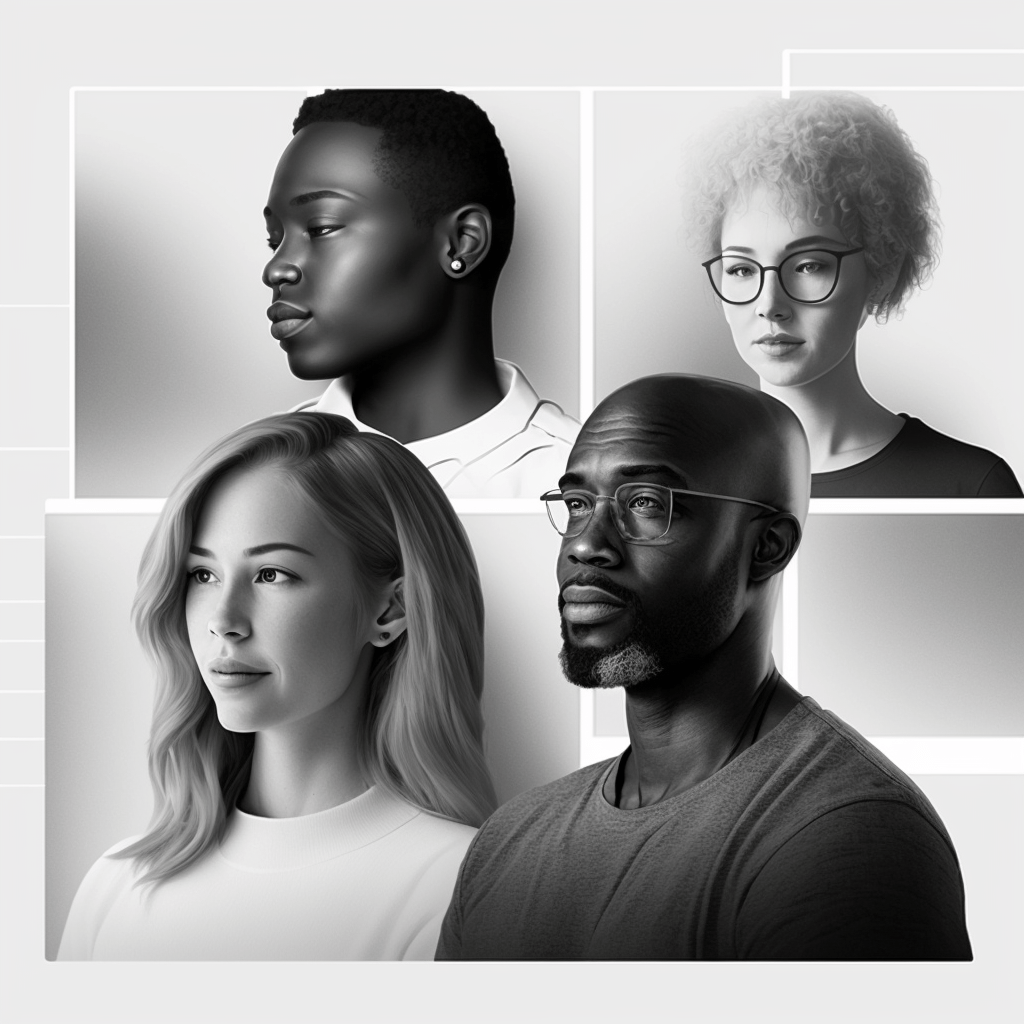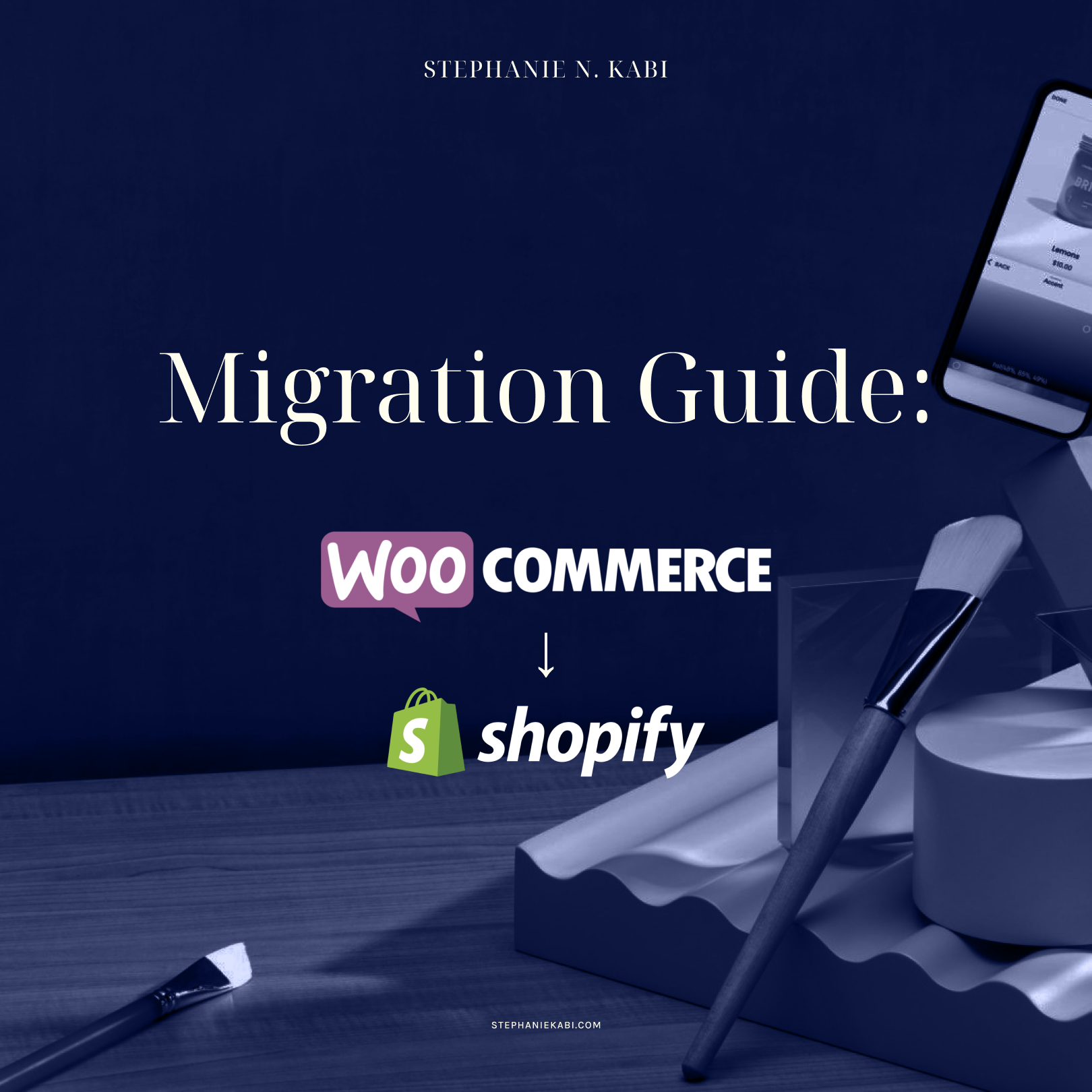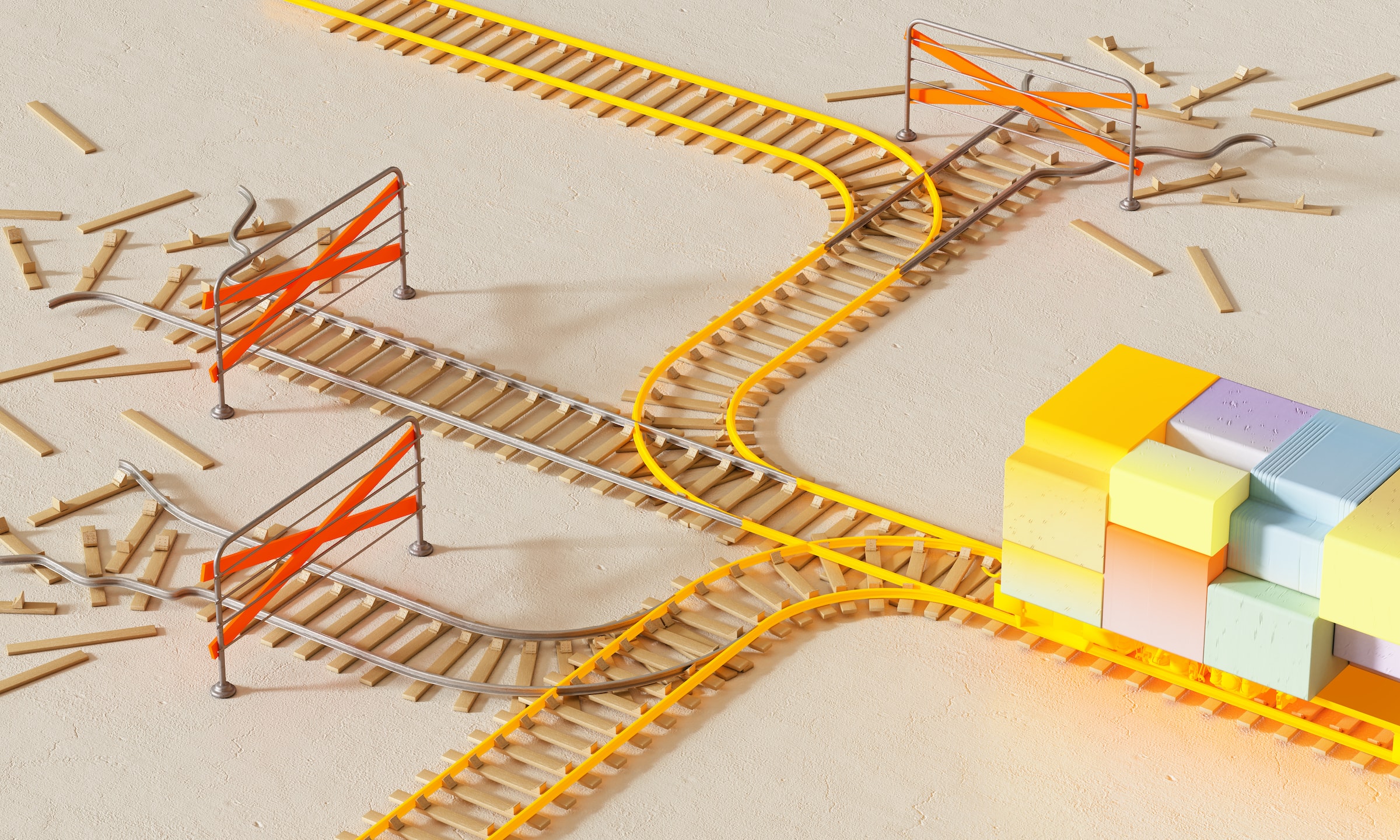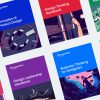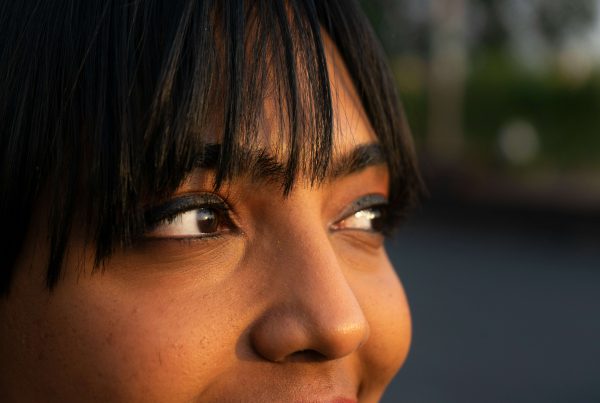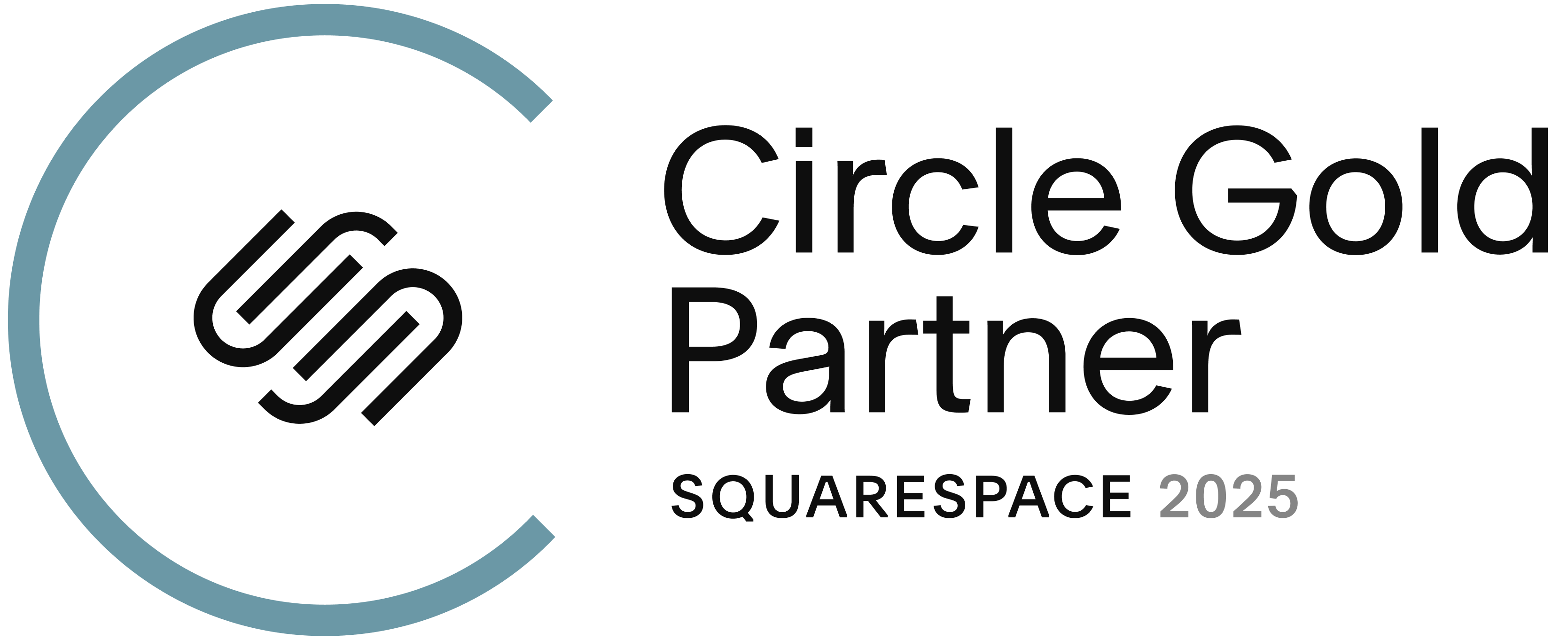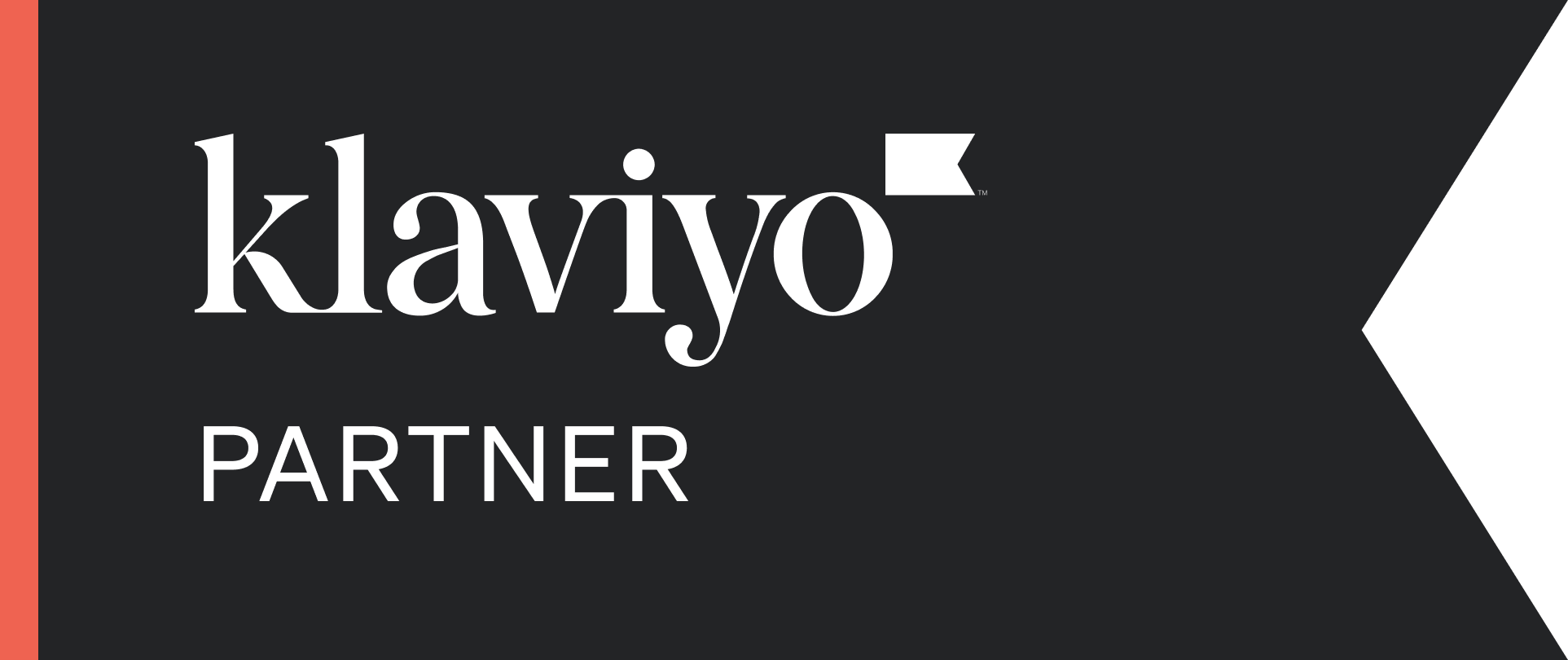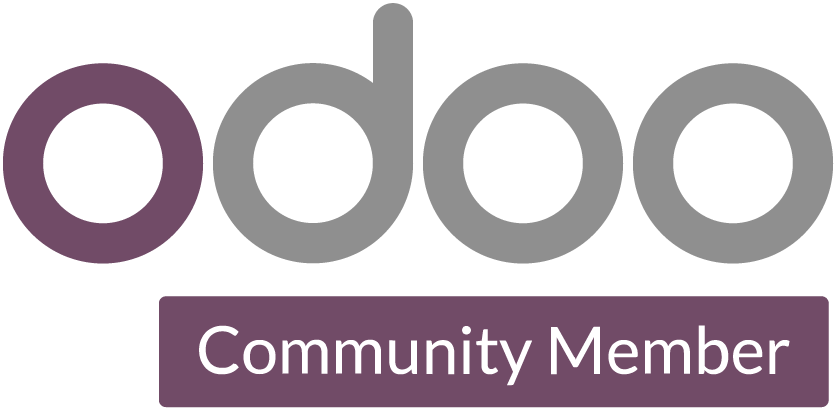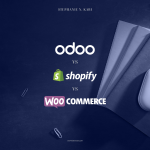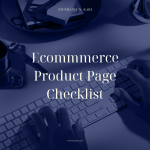Check this — I used Midjourney AI to generate this article’s photos.
Which AI tools and technologies can you use in addition to design software to enhance your design process and improve your products’ user experience?
| Tools | Examples | How to Use |
|---|---|---|
| 💬 GPT-3 based natural language processing (NLP) tools | OpenAI’s GPT-3 • Hugging Face’s GPT-3 • AI Dungeon | Create chatbot and voice-based interfaces, generate copy and content for designs, and conduct user research by analyzing data. |
| 🎨 Machine learning-based color palette generators | Adobe Color • Colormind • Palette Generator | Generate color palettes based on the input image, the desired mood, or even the brand guidelines. |
| 🏞️ AI-based image recognition tools | Google Cloud Vision • Microsoft Azure Cognitive Services • AWS Rekognition | Identify patterns and trends in user behavior, analyze images, optimize images and graphics for different devices and screen sizes, and create personalized user experiences. |
| 🔗 AI-based prototyping tools | InVision • Axure • Marvel | Create wireframes, mockups, and prototypes with minimal effort, as well as generate code for front-end development. |
| 🧑🦯 AI-based accessibility testing tools | Accessibility Insights • WAVE • aXe | Identify potential accessibility issues and suggest solutions to ensure that designs are inclusive and accessible to all. |
| 🚀 AI-based optimization tools | Google Optimize • Adobe Target • Optimizely | Optimize designs for search engines, identify and predict user needs and preferences, and create virtual and augmented reality experiences. |
30 ways UX/UI designers (and related product/creative roles) can use these tools in product design
- Generating design ideas and concepts
- Generating variations of design elements, such as color schemes, typography, and layouts
- Optimizing images and graphics for different devices and screen sizes
- Creating wireframes, mockups, and prototypes
- Generating user interfaces and interactive elements
- Improving accessibility and usability of designs
- Creating animations and motion graphics
- Generating code for front-end development
- Conducting user research and analyzing data
- Generating copy and content for designs
- Translating designs into different languages
- Automating repetitive tasks, such as resizing images or formatting text
- Identifying patterns and trends in user behavior
- Creating personalized user experiences
- Identifying potential design issues and suggesting solutions
- Generating SEO-friendly content for websites
- Generating chatbot and voice-based interfaces
- Generating 3D models and virtual reality experiences
- Creating augmented reality experiences
- Identifying and predicting user needs and preferences
- Optimizing designs for search engines
- Creating chatbot and voice-based interfaces
- Generating design guidelines and best practices
- Automating quality assurance testing
- Creating virtual and augmented reality experiences
- Identifying and predicting user needs and preferences
- Optimizing designs for search engines
- Generating design guidelines and best practices
- Automating quality assurance testing
- Using GPT-based AI models like ChatGPT for natural language processing and understanding in the design process.
Happy experimenting!
https://stephaniekabi.com/the-future-of-ai-and-machine-learning-in-ux-design/
